News
OnePlus 6 Specifications And Rumors
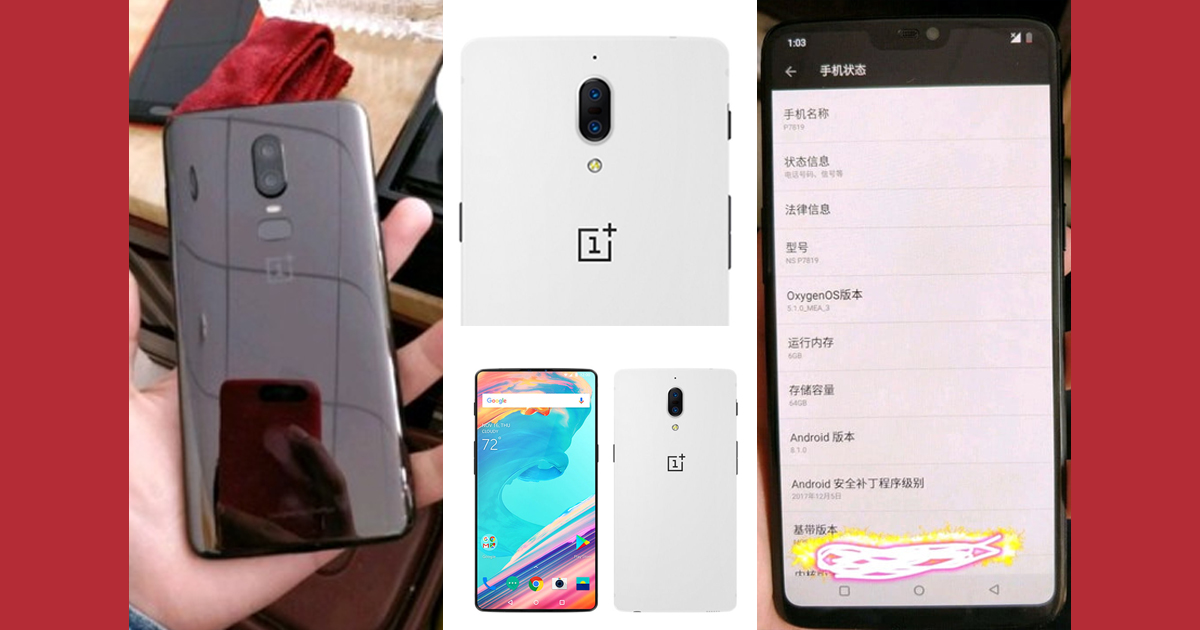
Smartphone giant OnePlus made a name for itself in the industry by creating good phones with top shelf specifications and selling them at a relatively cheaper price. Ever since the first flagship killer phone was launched in 2014, OnePlus mobiles have built a loyal consumer base which increased with every new release.
This flagship killer company has been giving tough competition to smartphone market giants such as Apple and Samsung. Post releasing their latest phone OnePlus 5T last year, the company is gearing up to reveal the next model OnePlus 6 very soon. Here’s what we know about the device so far.
Name and Release Date
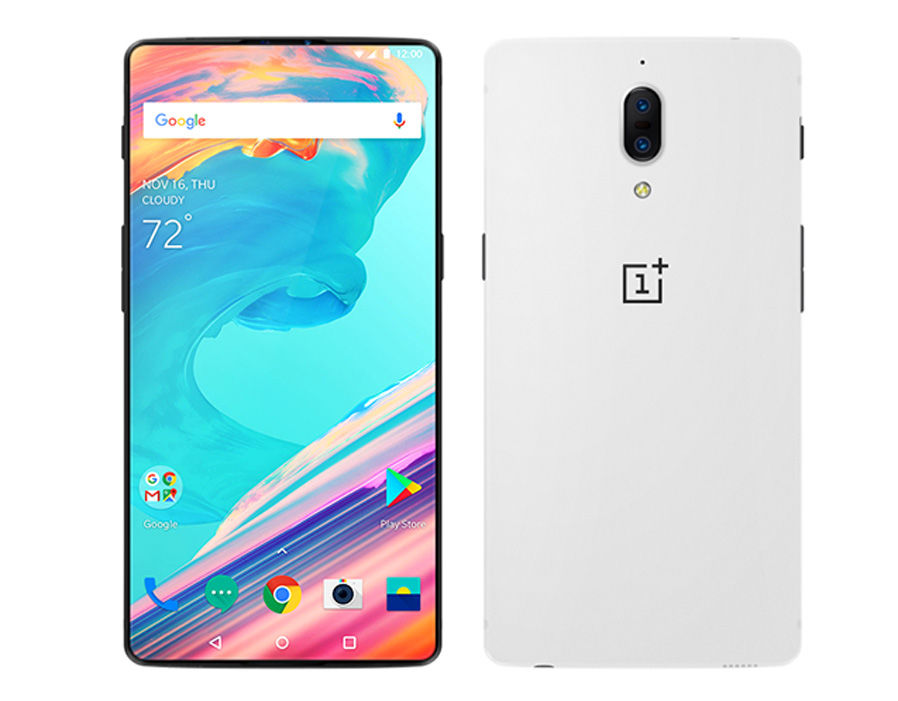
The company will stick with its tradition and name the phone OnePlus 6 like every device before. The phone, however, may be released earlier this year as rumors began popping up well in advance. With the previous releases, OnePlus has always released the first model in June, following it up with the ‘T’ version in November. This year, users may not have to wait until June for the first model.
Specifications
The OnePlus 5T supported a 5.5 inch full HD display, the OnePlus 6 may feature a 5.7 inch display with a screen resolution of 1440 x 2560 pixels. Images leaked in February featured the OnePlus 6 phone having a glass back which could mean the flagship killer is finally getting wireless charging. OnePlus’ dash charger is one of the most loved and distinctive features of the phone. Wireless charging would only add to this feature. However, there has not been any other news to verify this piece of information. Along with a glass back, if the leaked images are to be believed, then the famous dual camera has also been moved to the middle of the back panel, above the fingerprint scanner.


OnePlus 5T was launched with the Qualcomm Snapdragon 835 chipset. The OnePlus 6, however, may be launched with Qualcomm Snapdragon 845 chipset with an AnTuTu score of 276,510. If these rumors are true, the OnePlus 6 will be the fastest phone at the moment surpassing the upcoming Xiaomi Mi Mix 2S which has a purported AnTuTu score of 273,741. The AnTuTu score gives Android devices an overall numerical score as well as individual scores for each test it performs. These tests include testing different parts of a device, such as how fast a phone’s storage performs.

This latest smartphone will run on Android v8.0 (Oreo) and will be powered by Octa core processor paired with 8 GB of RAM. While multiple rumors suggest the OnePlus 6 may have an iPhone X like notch, Carl Pei tweeted against it.
#clickbait rumor mill is in overdrive this morning 😂 https://t.co/NZhILfgm5W
— Carl Pei (@getpeid) February 24, 2018
However, a tweet cannot be taken as an official statement. So the ‘notch’ may actually become a reality. Whether the company will also be featuring a Face Unlock like the iPhone X is yet to be seen. In terms of battery, gadgets review website, GadgetsNow reported, this new phone may have a 3500 mAh battery. The phone will also support a Light sensor, Proximity sensor, Accelerometer, Compass and Gyroscope. All the users who love the OnePlus camera have one more thing to look forward to. The OnePlus 6 may come equipped with a 23 MP camera with a dual LED flash and 16 MP dual lens camera on the front.
Finally, OnePlus mobiles are known for providing the best specifications at much lower price points. That being said, every new iteration has seen an increase in its price. If the company sticks to the trend, then OnePlus 6 may be the first phone to be launched above the $500 benchmark.
Let us know what you think about this flagship killer in the comments section! Stay tuned to this space for more information.
News
BMW’s New Logo Debuts Subtly on the All-Electric iX3: A Modern Evolution

BMW quietly debuted its new logo on the all-electric iX3, marking a significant yet understated shift in the brand’s design direction for 2025. The updated emblem retains the classic roundel and Bavarian blue-and-white colors, but sharp-eyed enthusiasts noticed subtle refinements: the inner chrome ring has been removed, dividing lines between blue and white are gone, and the logo now features a contemporary satin matte black background with slimmer “BMW” lettering. These enhancements showcase BMW’s embrace of modern minimalism while reinforcing their commitment to premium aesthetics and the innovative Neue Klasse philosophy for future electric vehicles.
Unlike rival automakers that reveal dramatic logo changes, BMW’s refresh is evolutionary and respectful of tradition. The new badge ditches decorative chrome and blue borders associated with earlier electric models, resulting in a flatter, more digital-friendly design that mirrors recent branding seen in BMW’s digital communications. Appearing first on the iX3’s nose, steering wheel, and hub caps, this updated identity will gradually be adopted across all BMW models—both electric and combustion—signaling a unified brand language for years to come.
BMW’s strategic logo update represents more than just aesthetic reinvention—it underscores the brand’s dedication to future-ready mobility, design continuity, and a premium EV experience. As the new roundel begins rolling out on upcoming BMW vehicles, it stands as a testament to the automaker’s depth of detail and thoughtful evolution, offering subtle distinction for keen observers and affirming BMW’s iconic status in the ever-changing automotive landscape.
News
iPhone 17 India Price, Features & Availability: All You Need to Know
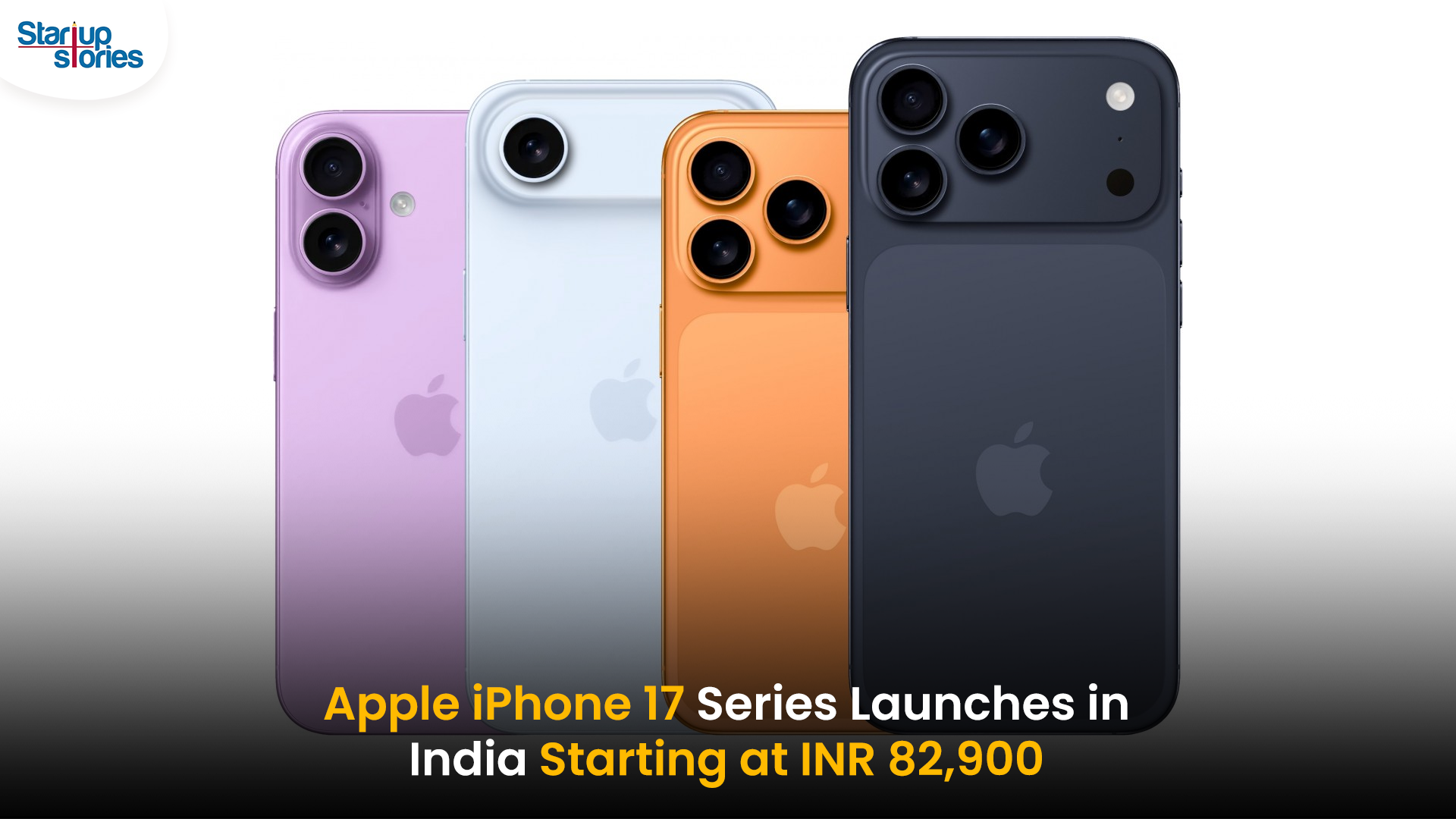
Apple has officially launched the highly anticipated iPhone 17 series in India, with prices starting at INR 82,900 for the base 256GB model. The new lineup includes the iPhone 17, iPhone 17 Pro, iPhone 17 Pro Max, and the newly introduced ultra-slim iPhone Air. Apple has removed the 128GB storage variant, making 256GB the minimum for all models. The standard iPhone 17 features a vibrant 6.3-inch ProMotion OLED display with a 120Hz refresh rate and an upgraded Ceramic Shield 2 for improved durability. It comes in fresh color options like lavender, mist blue, sage, white, and black.
The iPhone 17 Pro and Pro Max models are powered by Apple’s latest A19 Pro chip and start at INR 1,34,900 and INR 1,49,900, respectively. These Pro models feature sleek titanium frames, significant camera upgrades including 8K video recording, and up to 6x optical zoom in the Pro Max. Meanwhile, the iPhone Air, priced from INR 1,19,900, is the slimmest and lightest iPhone ever, boasting a 6.7-inch Super Retina XDR display with ProMotion technology and a triple-camera setup, positioning itself between the standard and Pro models.
Pre-orders for the iPhone 17 series commence on September 12, with sales beginning on September 19, 2025. Alongside the launch, Apple has reduced prices for the previous iPhone 16 models while discontinuing the iPhone 16 Pro and Pro Max variants. The iPhone 17 series exemplifies Apple’s ongoing commitment to enhancing display technology, camera capabilities, and overall performance, setting a new benchmark for premium smartphones in the Indian market.
Startup News
Meet the 13 Deeptech Startups Empowered by BIGShift Accelerator in India
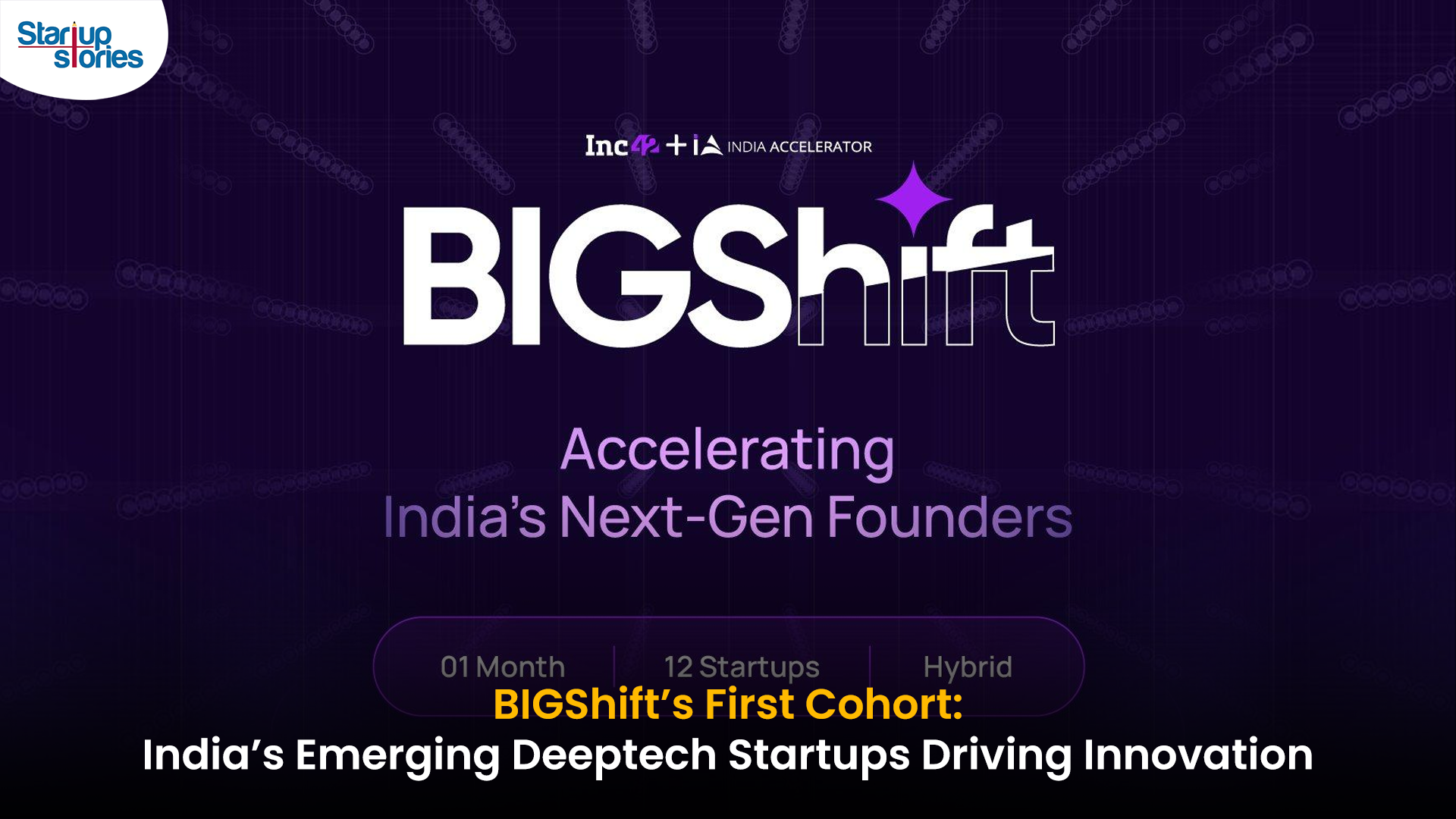
India’s deeptech ecosystem has reached a significant milestone with the launch of BIGShift, a premier accelerator programme by Inc42 and India Accelerator designed to empower early-stage startups developing breakthrough technologies. The first cohort comprises 13 innovative startups addressing complex challenges in fields such as artificial intelligence, aerospace, robotics, healthcare, and geospatial analytics. These startups benefitted from specialized capital-readiness training, strategic mentorship, and direct access to investors interested in supporting high-risk, high-reward deeptech ventures, making BIGShift a crucial platform for nurturing India’s next-generation technology leaders.
The accelerator programme uniquely combines virtual bootcamp sessions with a comprehensive two-day in-person masterclass, equipping startups with advanced go-to-market strategies, funding expertise, and a valuable network of experienced operator-mentors. Noteworthy startups from the cohort include ActionSync, focused on enterprise data unification; Polygon Geospatial, delivering AI-powered real-time spatial analytics; Purna AI, which innovates in preventive health through genetic biomarkers; Spacetaxi, pursuing reusable commercial rockets; and VertiFly, specializing in hybrid eVTOL aerial mobility solutions. This diverse group exemplifies the ingenuity and pioneering spirit of Indian deeptech entrepreneurship across multiple high-impact sectors.
BIGShift’s inaugural cohort not only accelerates technological development but also provides critical support mechanisms like pilot project matchmaking, regulatory guidance, and facilitating enterprise collaborations. As these 13 startups transition their groundbreaking solutions from the lab to the marketplace, BIGShift is poised to be a catalyst for deeptech innovation in India, helping transform scientific research into scalable, impactful businesses that will shape the country’s technological future.


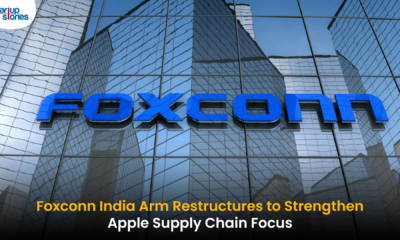

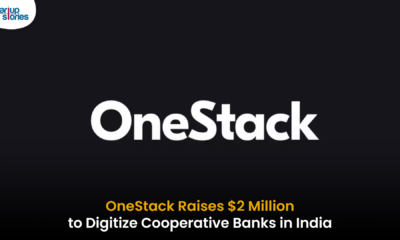









MM88
November 6, 2025 at 7:16 pm
Khám phá thế giới giải trí trực tuyến đỉnh cao tại MM88, nơi mang đến những trải nghiệm cá cược thể thao và casino sống động.
谷歌站群
November 9, 2025 at 3:51 am
专业构建与管理谷歌站群网络,助力品牌实现全域流量的强势增长。谷歌站群
谷歌外推
November 12, 2025 at 4:32 am
采用高效谷歌外推策略,快速提升网站在搜索引擎中的可见性与权重。谷歌外推
iwin
November 15, 2025 at 9:08 am
iwin – nền tảng game bài đổi thưởng uy tín, nơi bạn có thể thử vận may và tận hưởng nhiều tựa game hấp
MM88
November 17, 2025 at 8:06 am
Với giao diện mượt mà và ưu đãi hấp dẫn, MM88 là lựa chọn lý tưởng cho các tín đồ giải trí trực tuyến.
Kuwin
November 21, 2025 at 7:48 pm
kuwin sở hữu kho game đa dạng từ slot đến trò chơi bài đổi thưởng, mang đến cho bạn những giây phút giải trí tuyệt vời.
GO88
November 22, 2025 at 10:52 am
Tham gia cộng đồng game thủ tại Go88 để trải nghiệm các trò chơi bài, poker phổ biến nhất hiện nay.
J88
November 29, 2025 at 3:36 am
Đến với J88, bạn sẽ được trải nghiệm dịch vụ cá cược chuyên nghiệp cùng hàng ngàn sự kiện khuyến mãi độc quyền.